Photo by: Pixabay user soumen82hazra
Reducing the risks of emerging infectious diseases by catalyzing actions that bring us back into balance with nature.
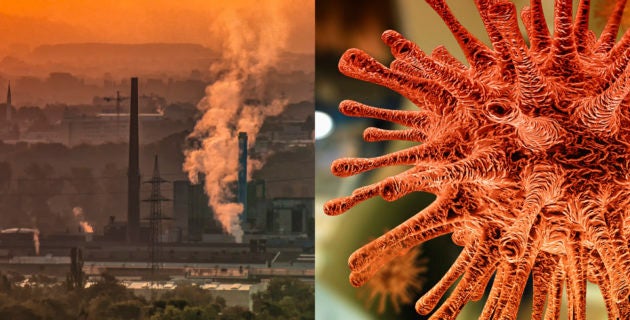
Coronavirus and Air Pollution
Emerging research suggests that breathing more polluted air over many years may worsen the effects of COVID-19.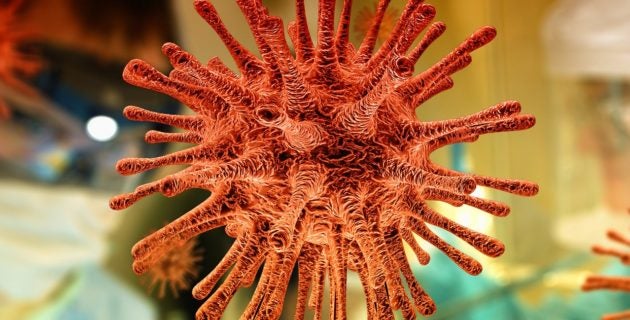
Coronavirus and Climate Change
Climate solutions are pandemic solutions.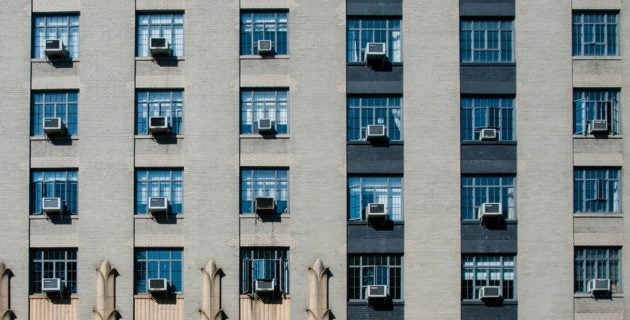
Coronavirus and Heatwaves
Planning resources for states, cities, and communities help individuals stay cool while physically distancing.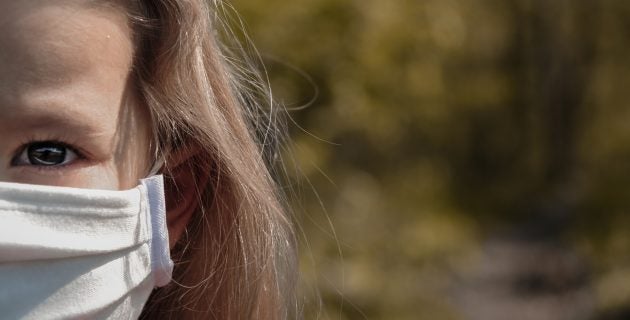
Preventing Pandemics at the Source
For a fraction of the cost of managing a pandemic after it starts, we can prevent another pandemic from ever emerging.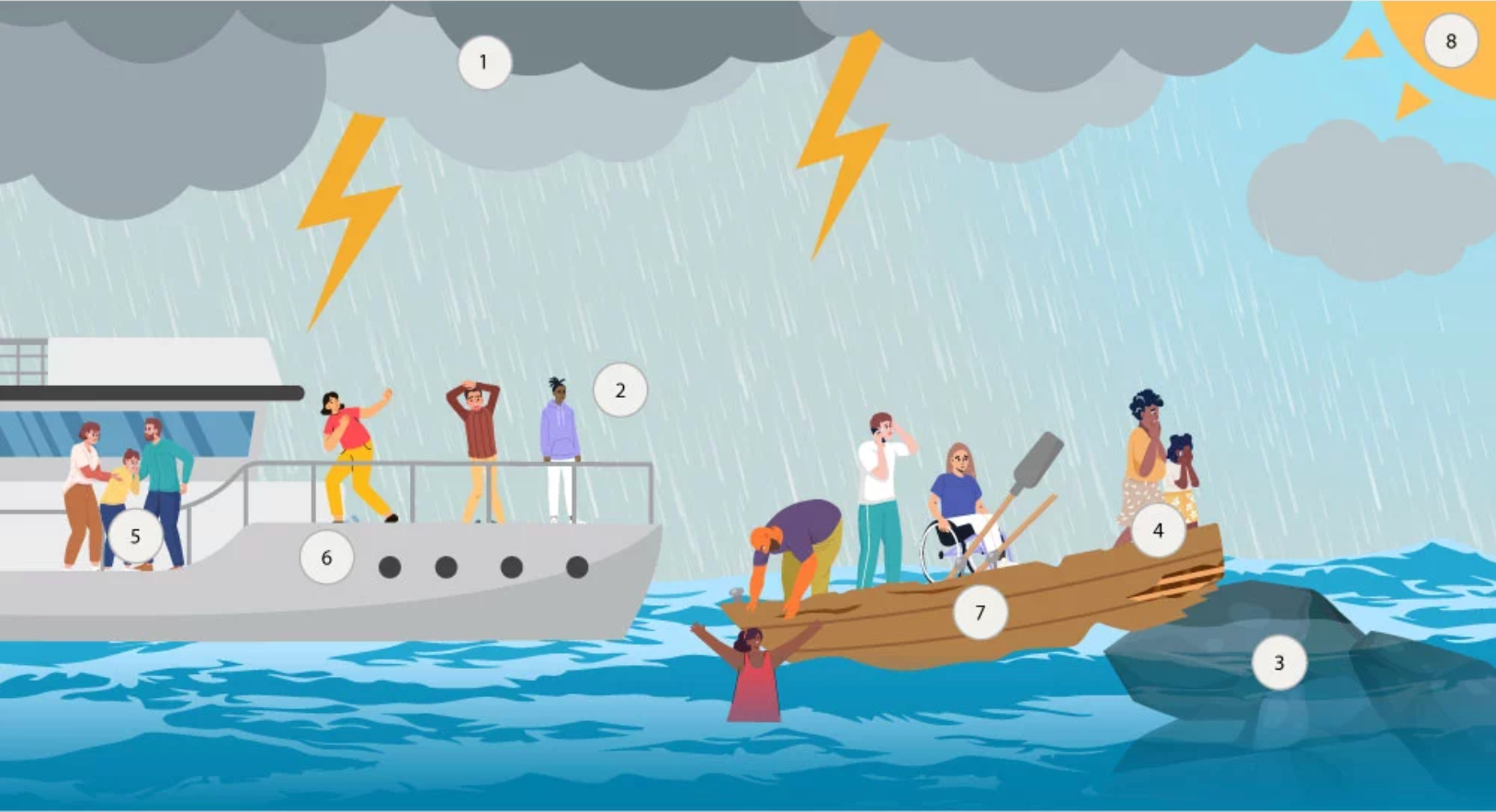
The 2022 Lancet Countdown on Health and Climate Change: Policy Brief for the U.S.
Climate change puts everyone at risk, but policy decisions and industry actions make some communities more vulnerable to the harms of climate change.
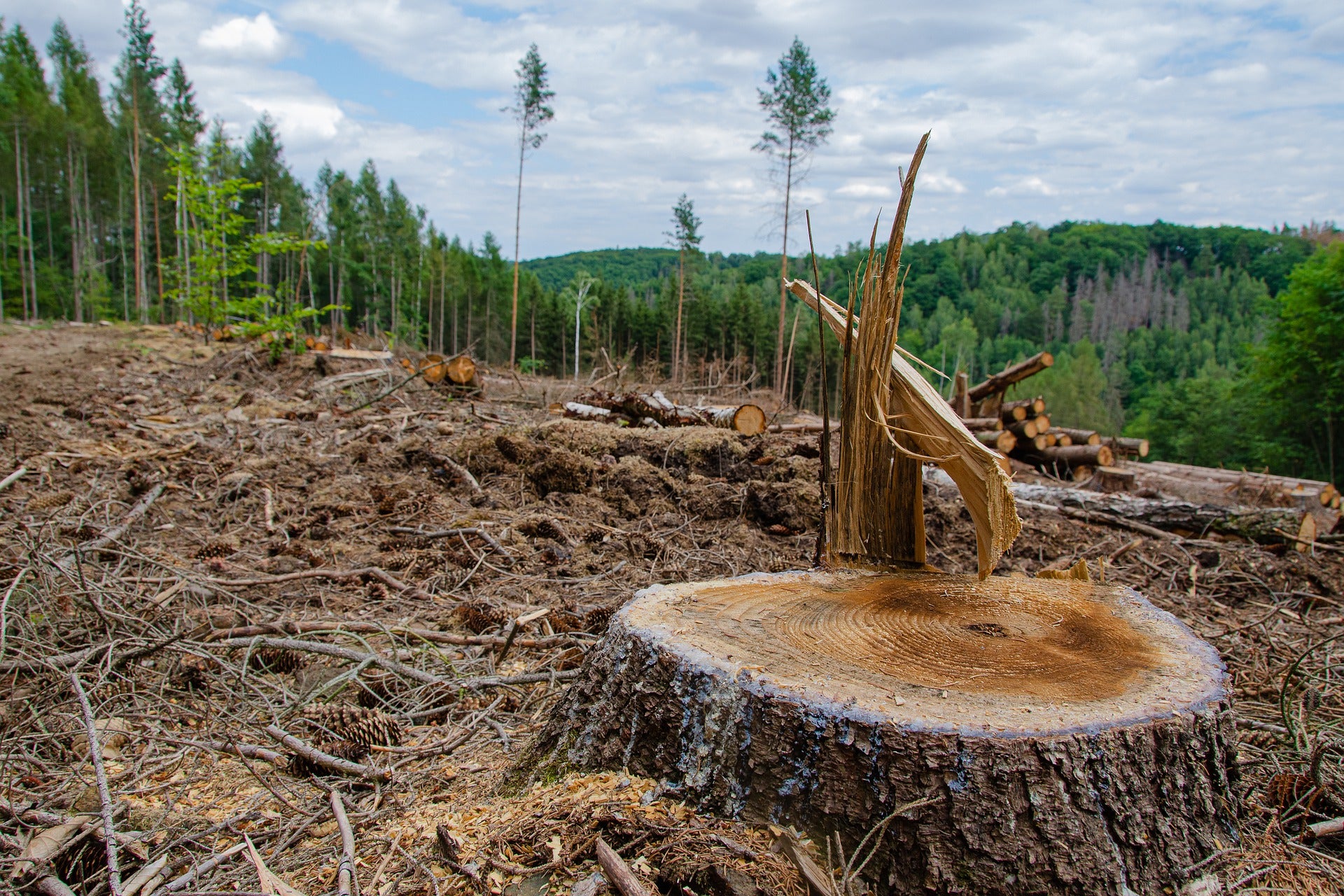
Protecting forests and changing agricultural practices are essential, cost-effective actions to prevent pandemics
Our new report outlines the strong scientific foundations for taking actions to stop the next pandemic by preventing the spillover of pathogens from animals to people.

2020 Lancet Countdown on Health and Climate Change: U.S. Policy Report
COVID-19 shows how no one is immune from converging health crises and that millions of lives can be saved with climate action.
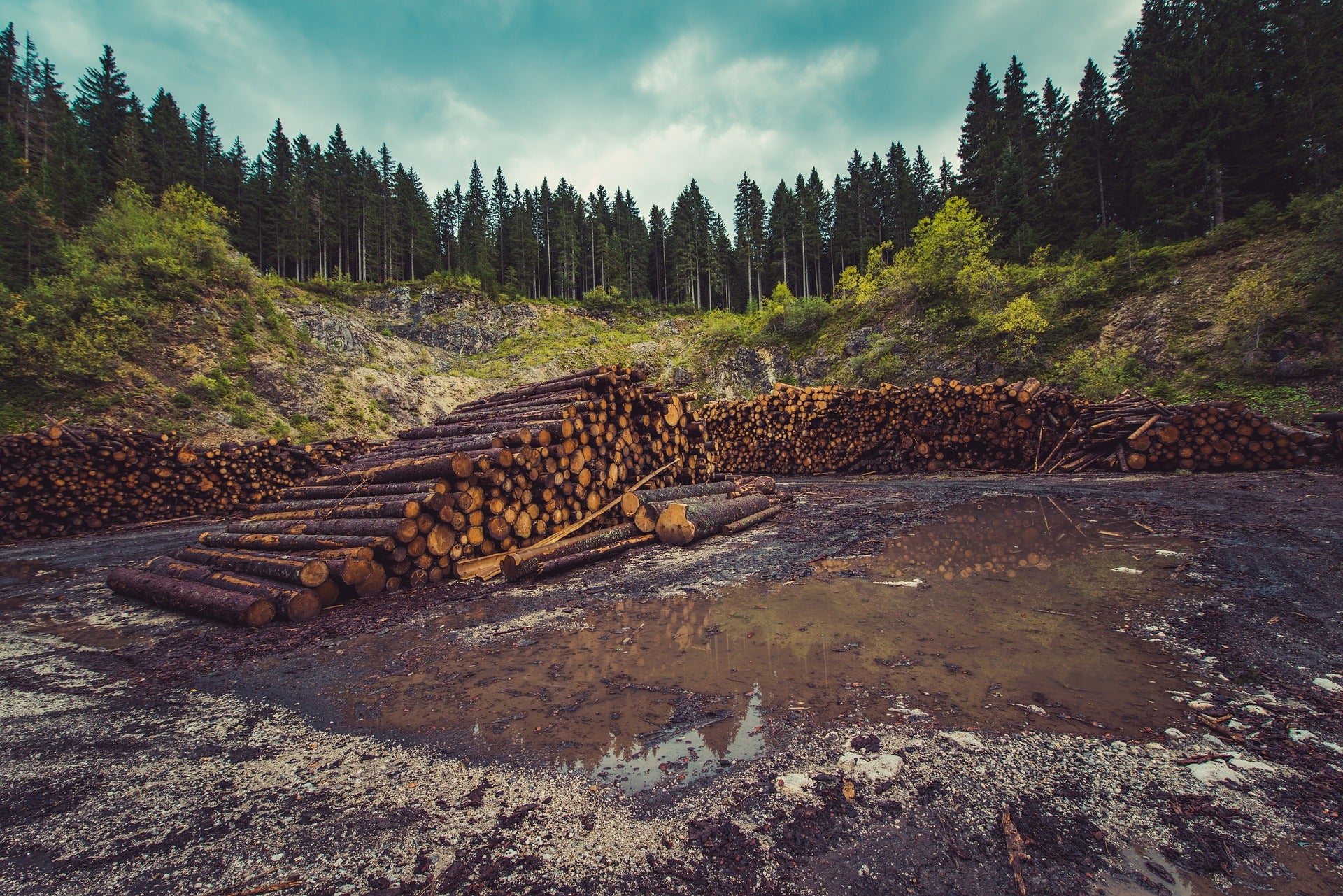
Solutions for preventing the next pandemic
The cost of preventing the next pandemic is 2% of the cost we’re paying for COVID-19.
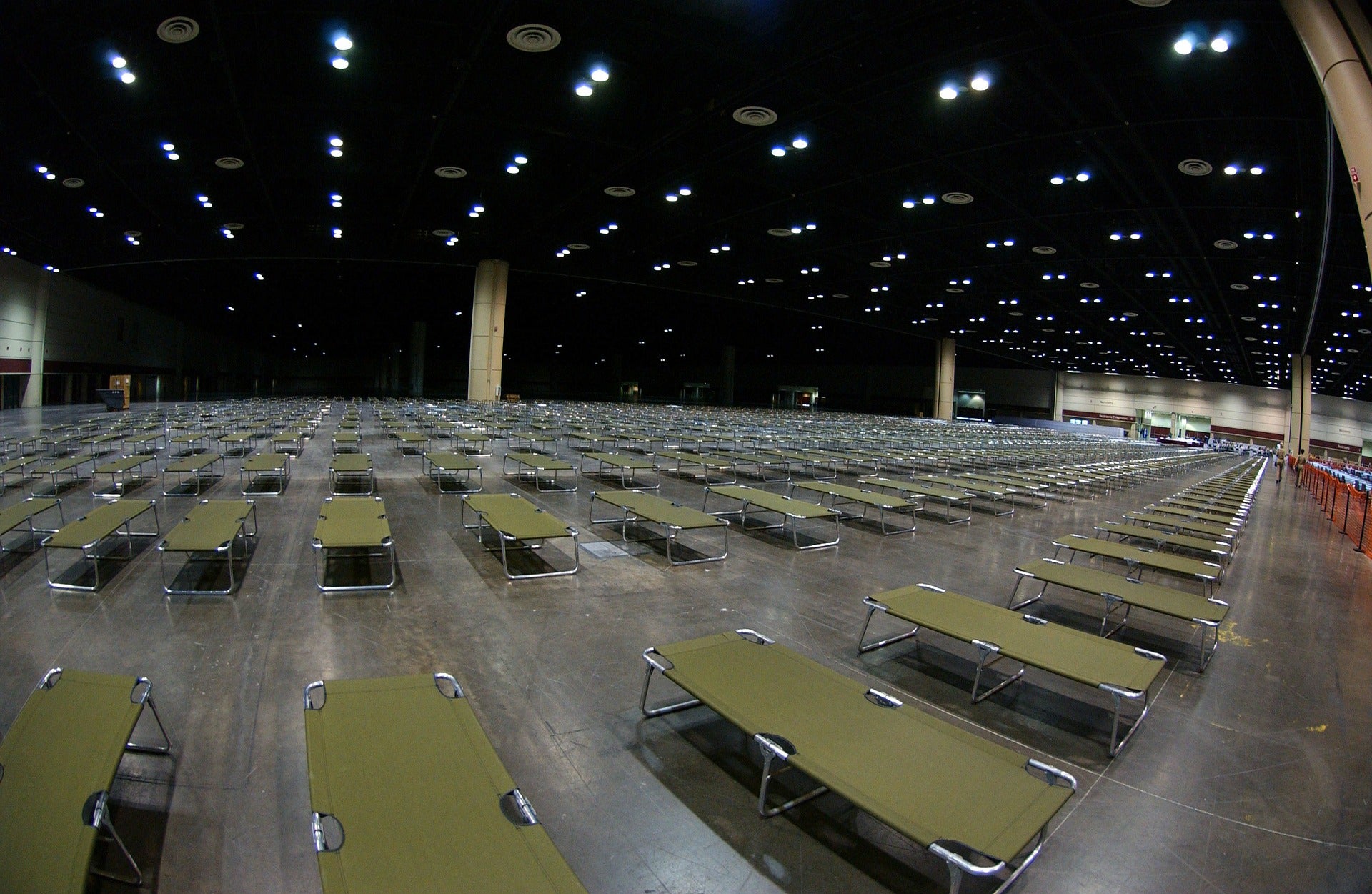
The climate crisis and COVID-19—A major threat to the pandemic response
Strategies for local communities and states to reduce the risk of COVID-19 transmission during climate-related extreme events like heat waves, hurricanes, and wildfires.

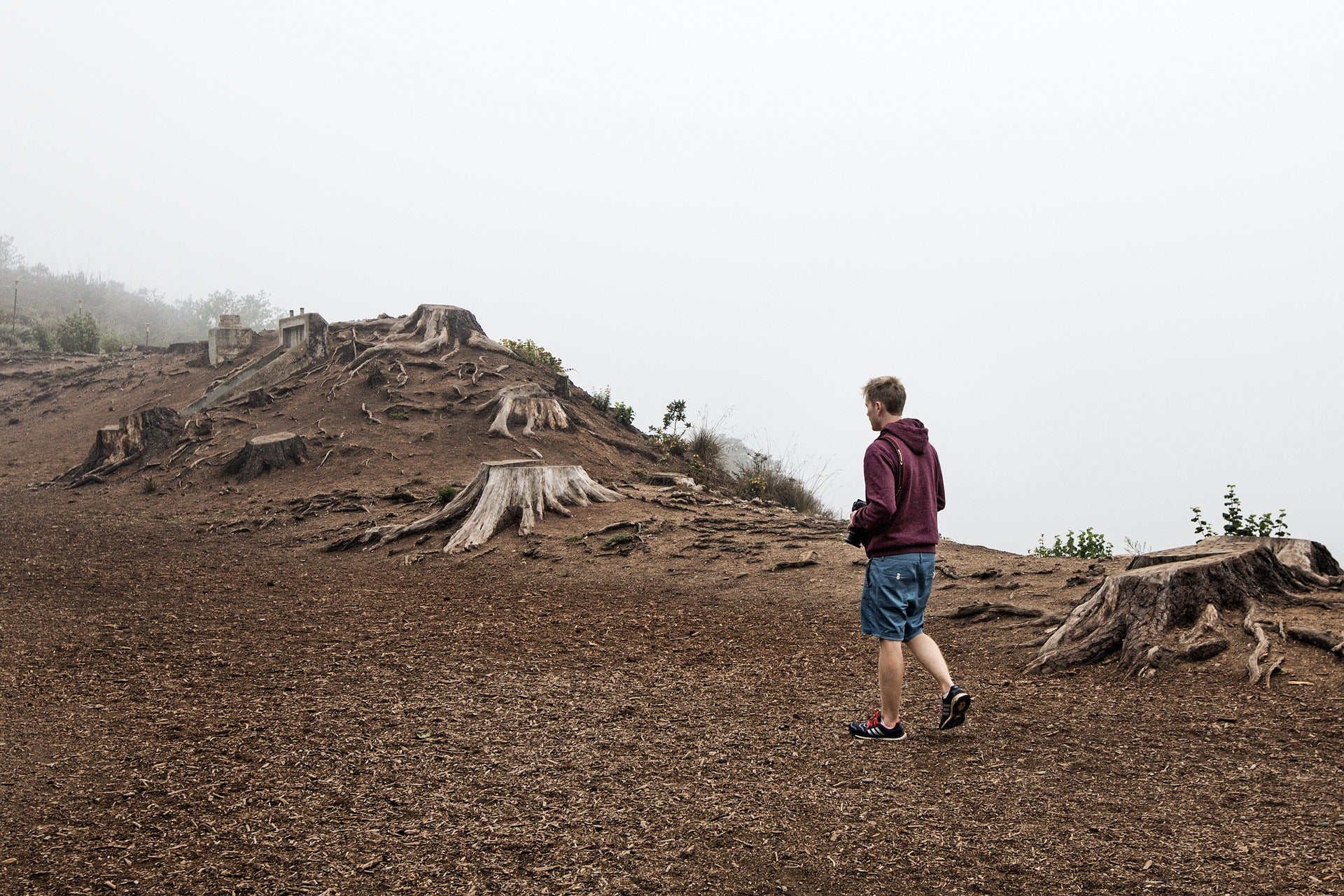
Why pandemics could become more likely if we continue to destroy the environment
Continuing to ignore the factors of climate change like deforestation and air pollution may mean more pandemics in the future.
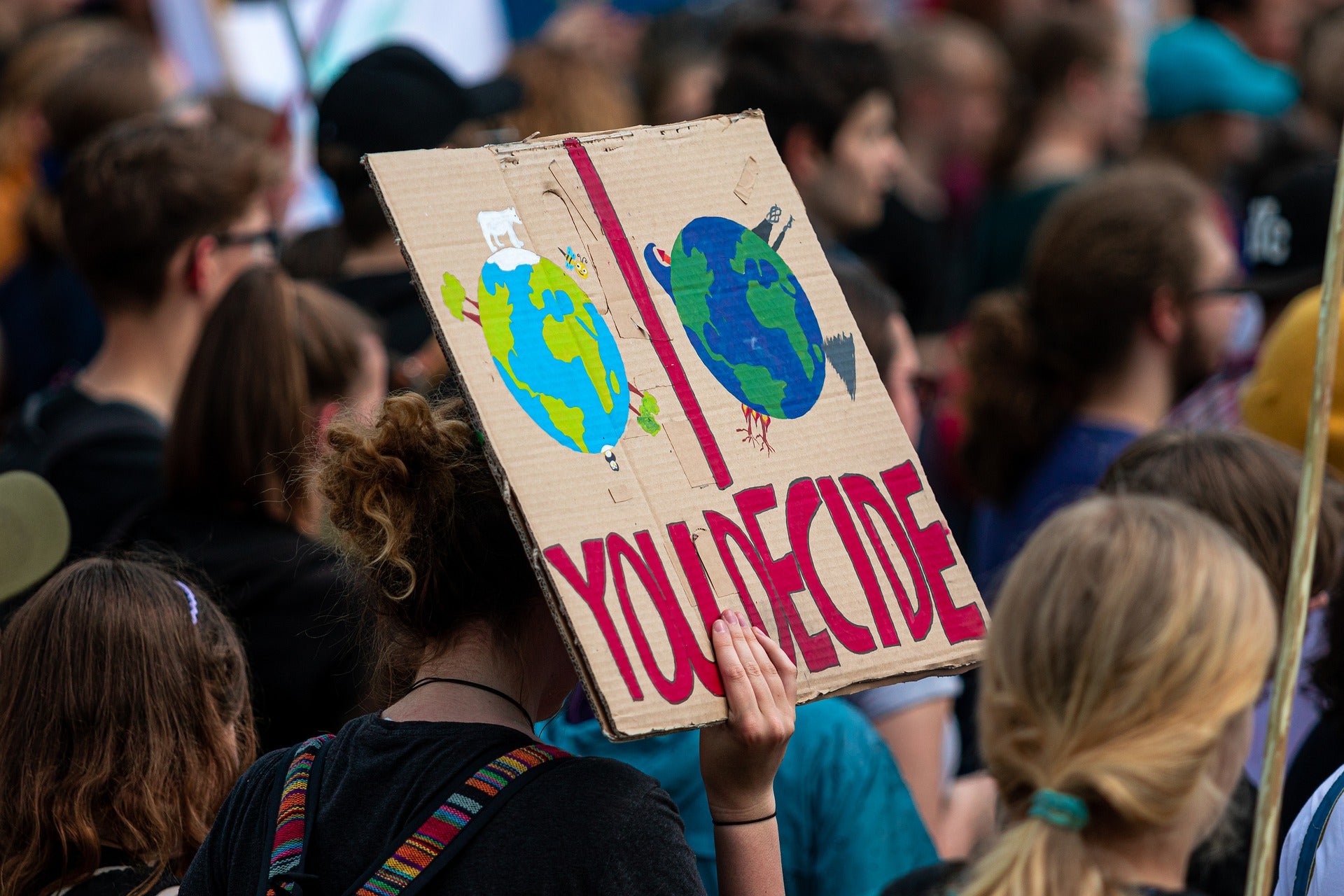
WBUR Town Hall: How acting on climate change can prevent future pandemics
How preventing deforestation, rethinking agricultural practices, and reducing air pollution will help to avoid another disease outbreak.
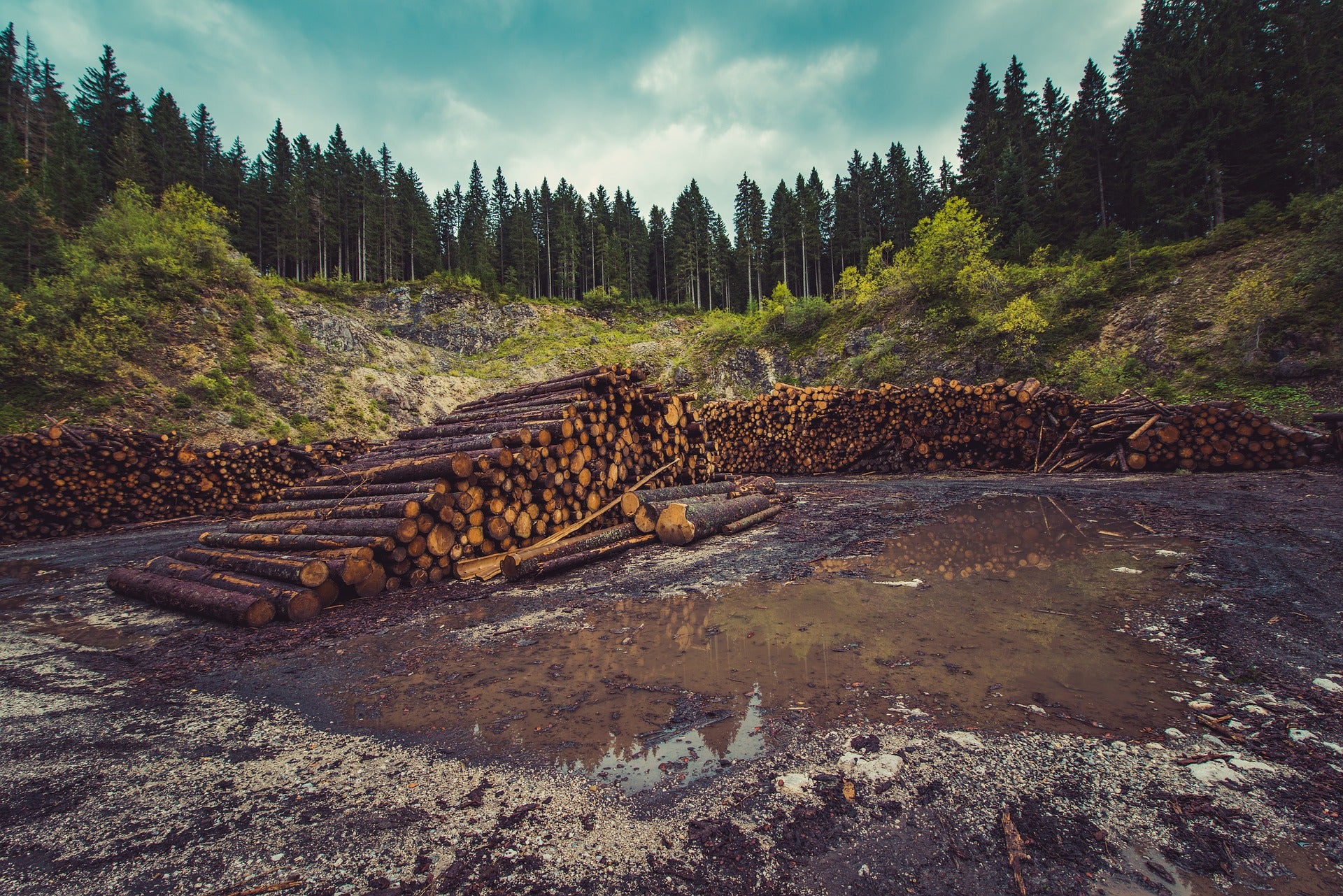
How climate change is contributing to skyrocketing rates of infectious disease
Biodiversity loss, forest destruction, and warming temperatures are driving infectious diseases.

COVID-19 and the environment: Is there a relationship?
Air pollution and deforestation may have played a role in the spread of COVID-19, and may play a role in emerging infectious diseases.

For communities of color, air pollution may heighten coronavirus threat
Many communities of color live in areas of air pollution and research has found that pollution may lead to increased risk of dying from Covid-19.

'The parallels between coronavirus and climate change are obvious'
Environmental journalist Emily Atkin discusses the importance of pushing climate change action during the coronavirus pandemic.
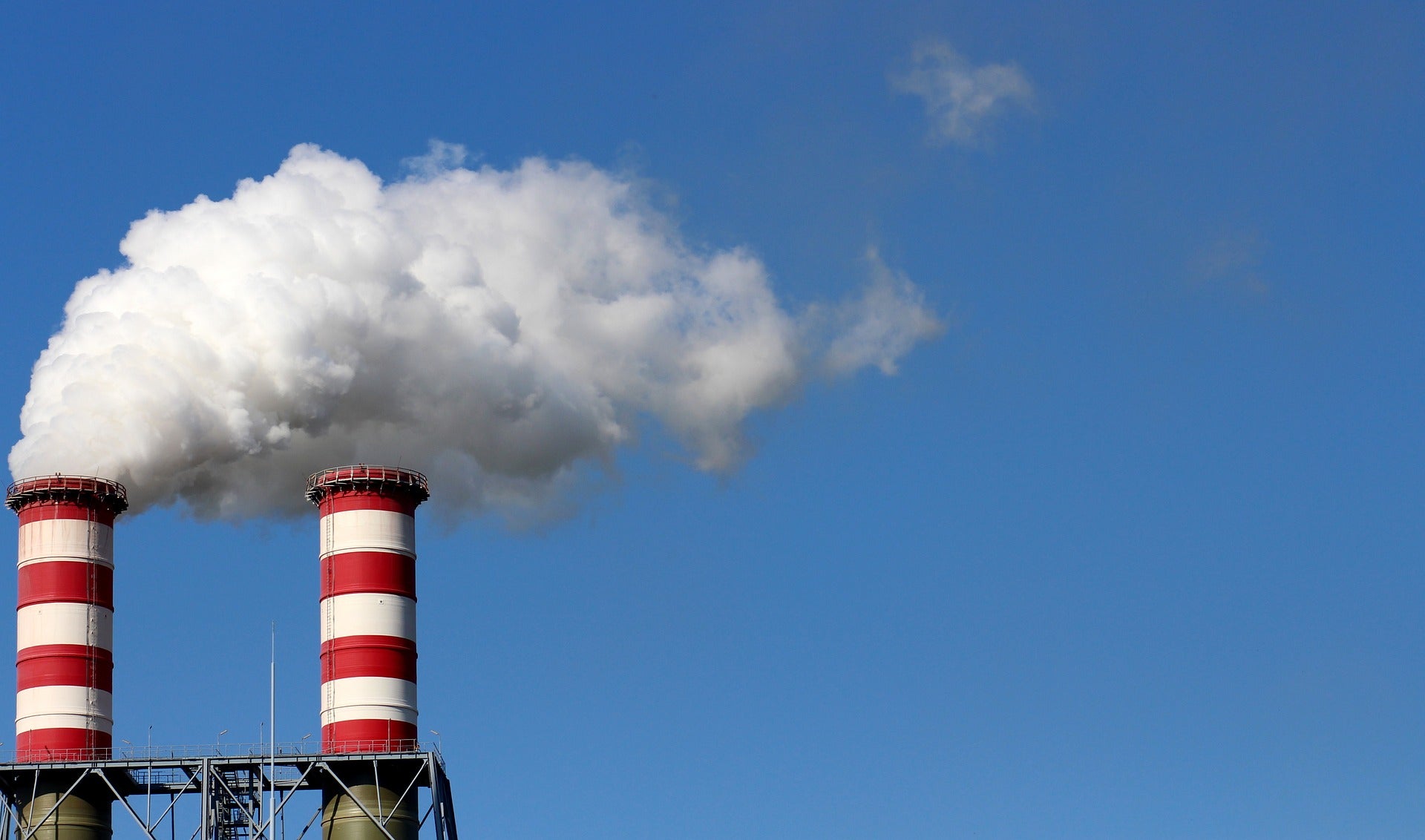
How Trump's EPA is making Covid-19 more deadly
The EPA is rolling back enforcements on air pollution which could put people at risk of dying from Covid-19.
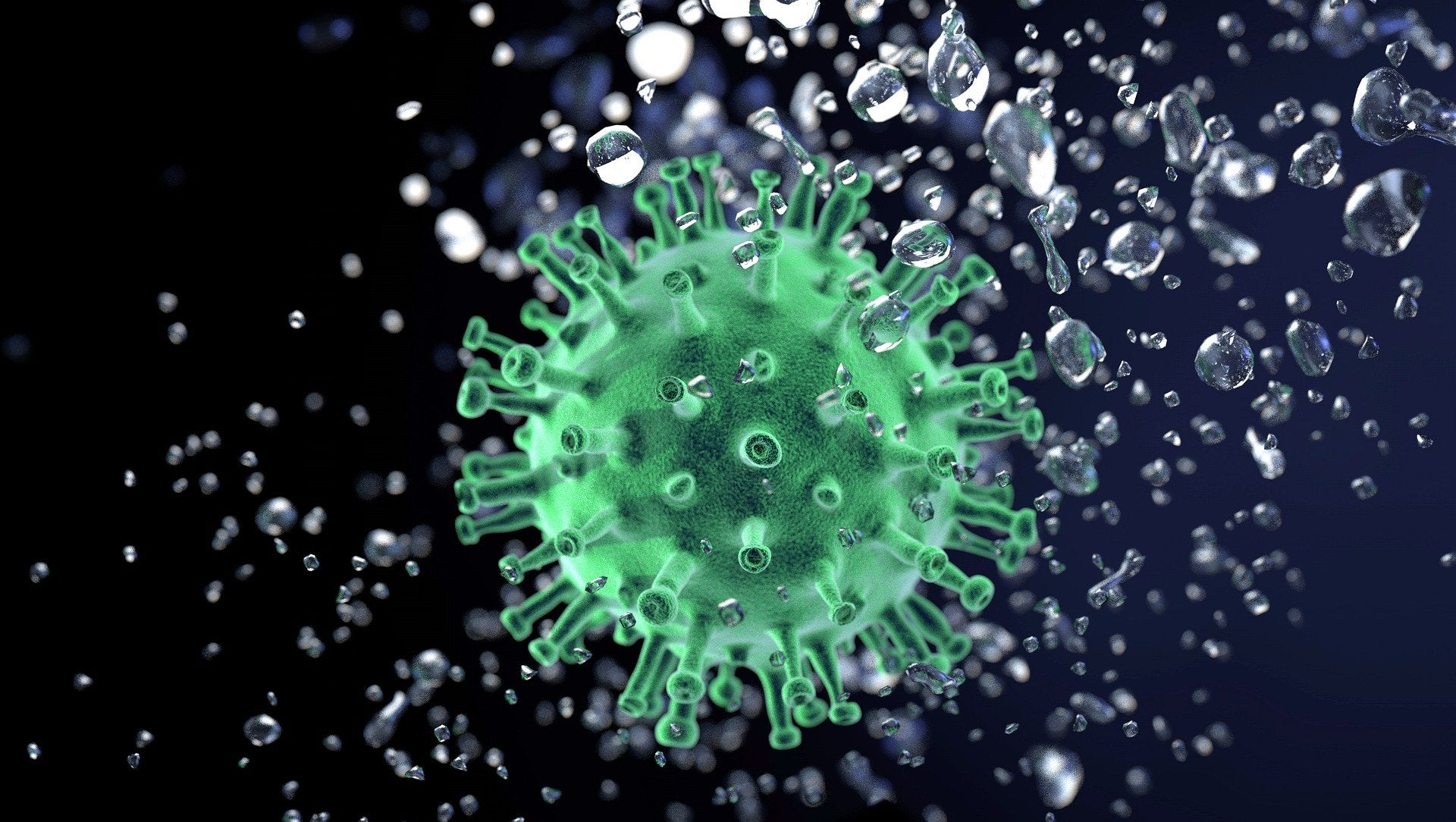
The problem with the COVID-19 death numbers
The discrepancy between the reported deaths and the actual deaths could be problematic when considering decisions like when to open up countries again.
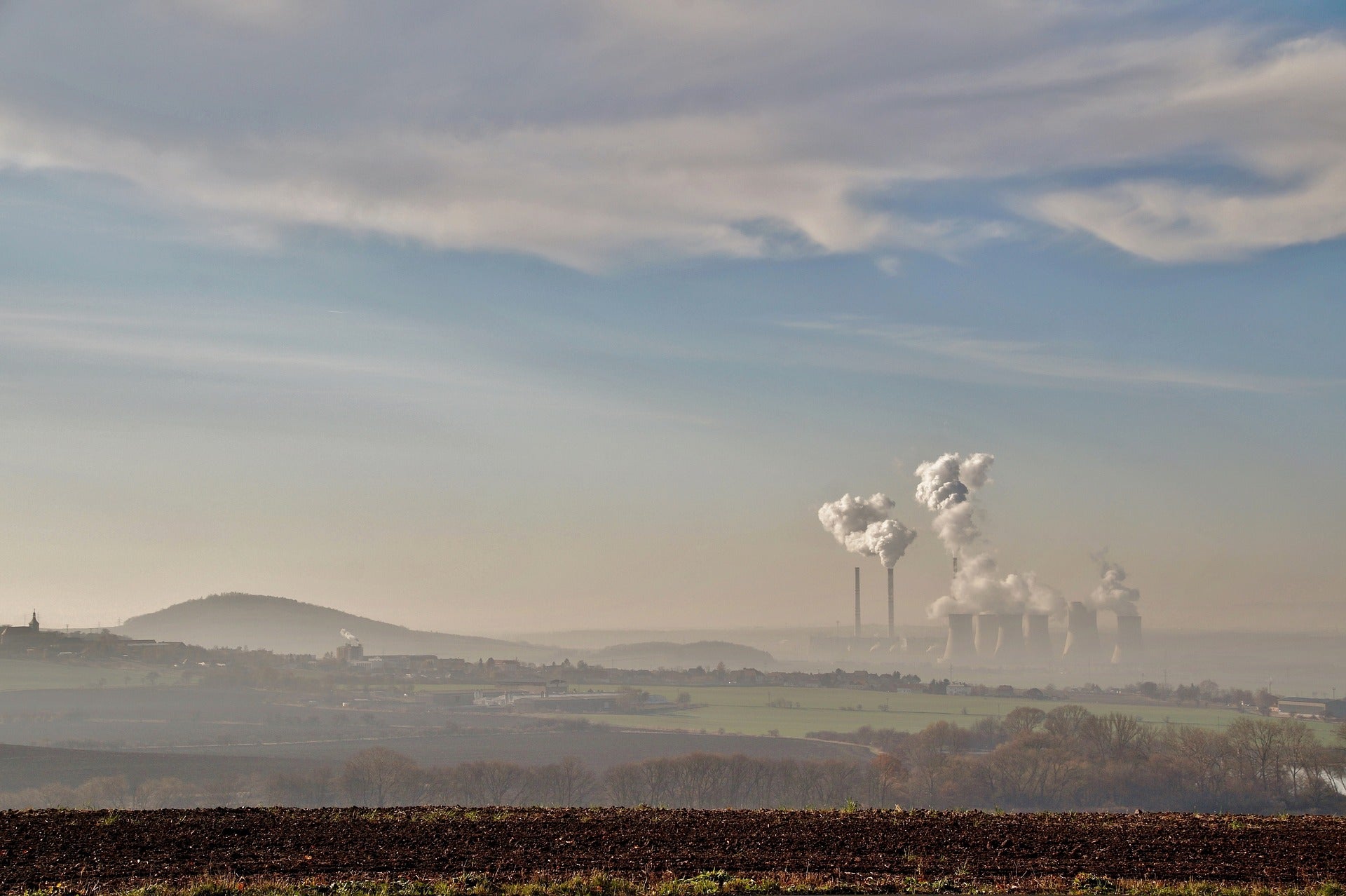
How air pollution exacerbates COVID-19
Cleaner air could become key to easing pandemic lockdowns.

Renee N. Salas MD, MPH, MS
Renee's work focuses on the intersection of the climate crisis, health, and healthcare delivery.
